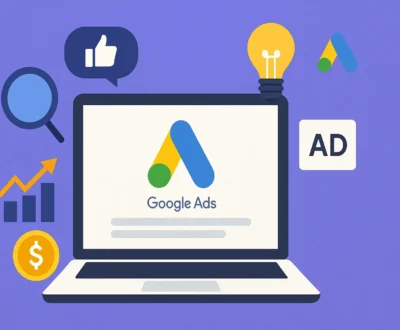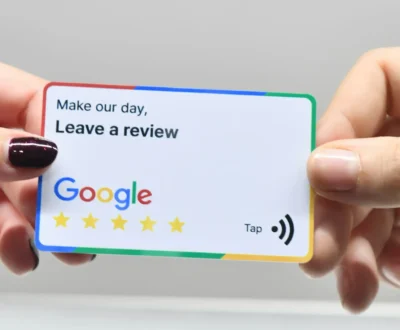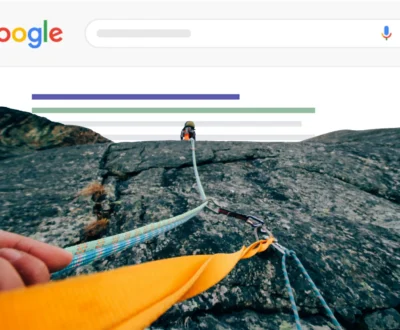Anchor Text: What It Is and How to Optimize It for SEO
- February 20, 2025
- Latest Articles on SEO Trends and Tips
Anchor text plays a crucial role in SEO by influencing how search engines understand the relevance of a page. When used correctly, it can improve rankings, enhance user experience, and strengthen a website’s link-building strategy. However, improper use can lead to over-optimization penalties and reduced credibility.
In this article, we will explore what anchor text is, its different types, best SEO practices, and common mistakes to avoid.
1. What Is Anchor Text?
Anchor text is the clickable text in a hyperlink. It provides context to both users and search engines about the content of the linked page.
Example:
In the following hyperlink:
Best SEO Strategies
The phrase “Best SEO Strategies” is the anchor text.
Search engines use anchor text to determine the relevance and authority of the destination page, making it an important factor in SEO.
2. Types of Anchor Text
Different types of anchor text impact SEO differently. Here are the most common ones:
1. Exact Match Anchor Text
Uses the exact keyword as the clickable text.
Example: <a href="https://example.com/seo-tips">SEO Tips</a>
Risk: Overuse can trigger Google’s Penguin penalty for unnatural link-building.
2. Partial Match Anchor Text
Includes a variation of the target keyword.
Example: <a href="https://example.com/seo-tips">Tips for Improving SEO</a>
Best for: A more natural link-building approach.
3. Branded Anchor Text
Uses the brand name as the link.
Example: <a href="https://example.com">Moz</a>
Best for: Building brand authority.
4. Generic Anchor Text
Uses non-descriptive phrases like “Click here” or “Read more.”
Example: <a href="https://example.com">Click here</a>
Risk: Offers no SEO value but useful for call-to-actions.
5. Naked URL Anchor Text
Uses the raw URL as the anchor text.
Example: <a href="https://example.com">https://example.com</a>
Best for: Citing sources but not ideal for user experience.
6. Image Anchor Text (Alt Text as Anchor)
When an image is a hyperlink, search engines use the alt attribute as the anchor text.
Example: <img src="logo.png" alt="SEO Agency">
Best for: Enhancing accessibility and SEO for images.
3. Best Practices for SEO-Friendly Anchor Text
- Keep It Relevant
- The anchor text should accurately describe the linked page’s content.
- Avoid misleading links that harm user experience and SEO.
- Use a Natural Anchor Text Mix
- Avoid excessive use of exact-match anchors to prevent penalties.
- A good mix includes branded, partial match, and generic anchor texts.
- Optimize Internal Links
- Use keyword-rich anchors for internal linking, but keep them natural.
- Example: Instead of “Click here for SEO tips,” use “Learn more about SEO tips.”
- Diversify External Links
- When linking to external sites, ensure they are reputable and relevant.
- Example: Linking to a trusted SEO blog strengthens content authority.
- Limit Over-Optimization
- Too many exact match anchor texts in backlinks can signal manipulative SEO.
- Example: Instead of “Best SEO guide” in every link, vary with “SEO strategies,” “SEO techniques,” “this guide.”
- Monitor Anchor Text Distribution
- Use tools like Ahrefs, SEMrush, or Google Search Console to check your anchor text profile.
- If a large percentage of your backlinks use exact match keywords, adjust your strategy.
4. Common Mistakes to Avoid
- Overusing exact match anchor texts, which can lead to Google Penguin penalties.
- Using irrelevant or misleading anchors that harm user experience.
- Spamming internal links with keyword-stuffed anchor texts.
- Linking to low-quality websites, which affects your site’s credibility and trustworthiness.
5. How to Check Your Website’s Anchor Text Profile
To analyze your anchor text usage and ensure it follows SEO best practices, use:
- Google Search Console to check your internal links and backlinks.
- Ahrefs or SEMrush to analyze anchor text distribution in backlinks.
- Moz Link Explorer to evaluate link quality and spam score.
By regularly auditing your anchor text strategy, you can improve your site’s SEO performance and avoid penalties.
Conclusion
Anchor text is a powerful SEO element that affects rankings, user experience, and website authority. Using a natural mix of branded, partial match, and generic anchors while avoiding over-optimization ensures sustainable SEO growth.
Regularly monitor your anchor text profile to maintain a healthy link-building strategy and avoid penalties from Google’s algorithms.
Would you like help auditing your anchor text and backlink profile? Let’s discuss how to optimize your strategy.
About us and this blog
We are a digital marketing company with a focus on helping our customers achieve great results across several key areas.
Request a free quote
We offer professional SEO services that help websites increase their organic search score drastically in order to compete for the highest rankings even when it comes to highly competitive keywords.








